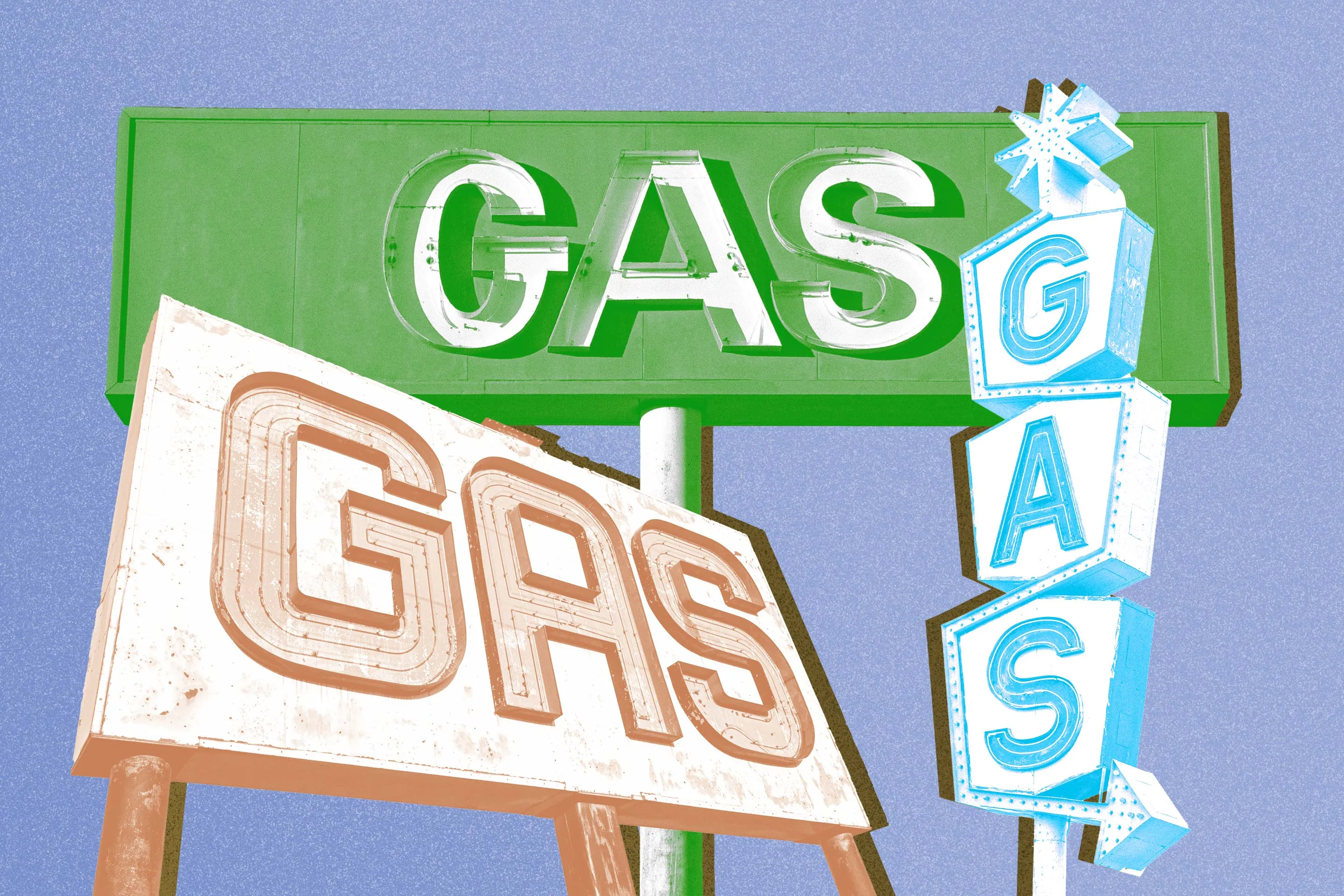Gas prices have trended lower in recent weeks, and while several shifting factors could affect the outlook, experts forecast the national average is likely to continue declining.
The average price for a gallon of gas has eased to $3.44, which is 5.6 cents lower than a month ago and 37.2 cents cheaper than it was at this time last year, according to the gas price-tracking app GasBuddy.
Above all else, gas prices are influenced by the cost of crude oil. Oil was trading at the lowest level in six months on Tuesday, according to the West Texas Intermediate measure, a benchmark used widely by analysts.
Weaker oil prices have allowed gas prices to fall. After a brutal start of the week for the stock market, increased concern about an economic slowdown has led to lower expectations for global oil demand and the current price per barrel of around $73 is now 10% lower than a month ago.
“With oil prices plummeting due to new concerns over the U.S. economy after a poor jobs report, gasoline prices have seen downside in many states, with potential for more to join that trend this week,” Patrick De Haan, head of petroleum analysis at GasBuddy, said in a report Monday.
Why gas prices are falling
Gas prices tend to move by about 25 cents with a $10 swing in the price of oil, so any additional movement lower could allow pump prices to keep falling.
On the other hand, it’s possible that oil prices could creep back up, which would likely upend forecasts for lower gas prices. Experts say that escalating conflict in the Middle East could disrupt oil markets, as prices would likely rise if oil supply from the region drops.
In a forecast Monday, the Energy Information Administration (EIA) said lower oil prices may not last, citing production cuts from Saudi Arabia and other oil-producing countries in the OPEC+ group. But the EIA is still encouraged about where gas prices are headed.
“Even though we expect oil prices to increase, we expect gasoline prices through this year and next year to remain lower than they were in 2023,” EIA Administrator Joe DeCarolis said in a release. “U.S. motorists are using less gasoline than they did before the pandemic, and we expect that to help keep gasoline prices from climbing with oil prices.”
Seasonal trends will influence gas prices in the coming weeks and months. Prices typically decline in the fall as the summer driving season winds down around Labor Day. The drop in fuel demand coincides with an annual transition from summer-grade gasoline to a cheaper winter blend, which brings additional relief for drivers.
With that said, hurricane season is ongoing, and one bad storm impacting refinery operations could cause prices to soar.
More from Money:
Best Cars of 2024
Economists Are Worried the Fed Has Waited Too Long to Cut Rates
True or False? Gas Prices Always Fall During Election Seasons
